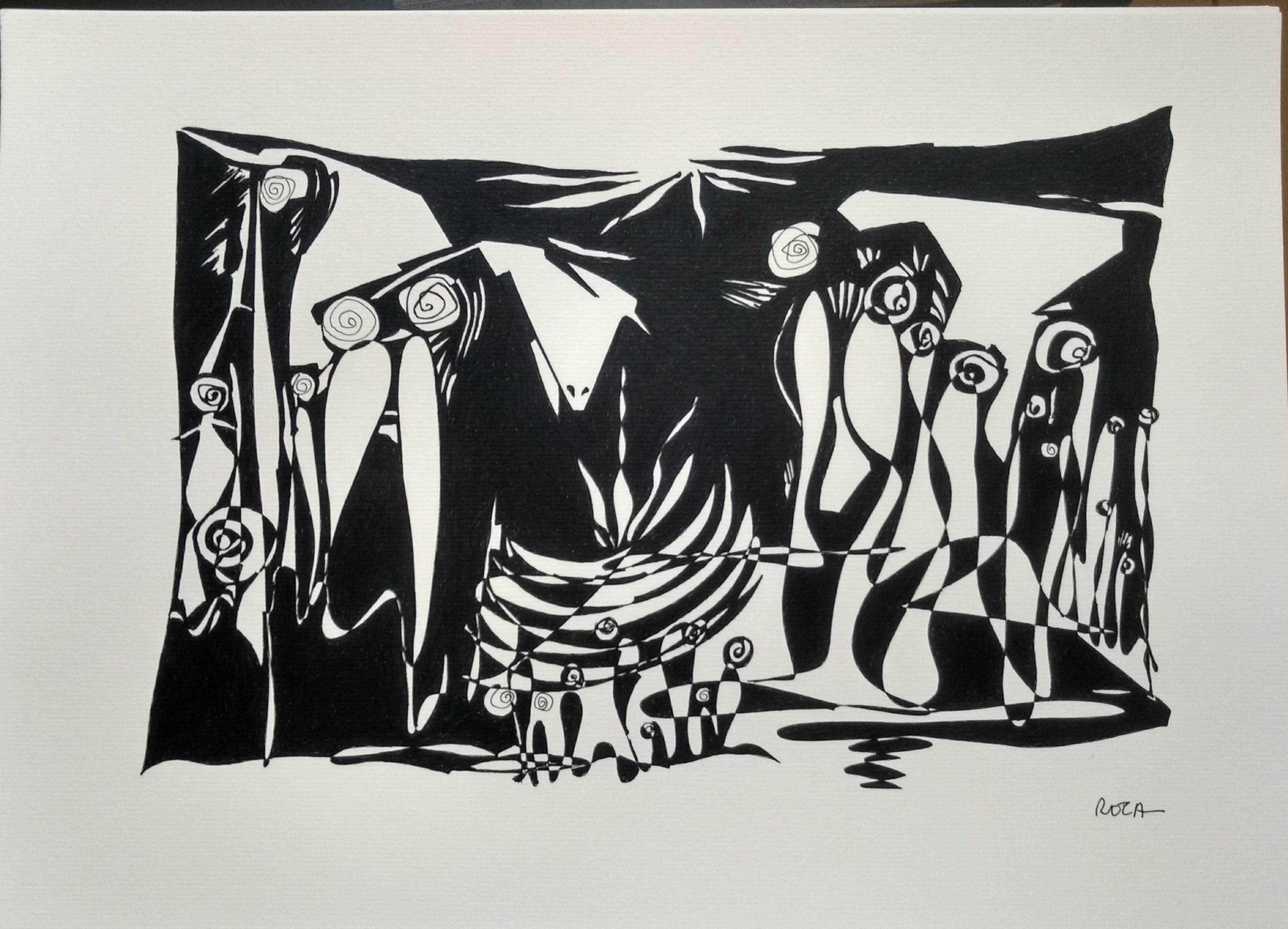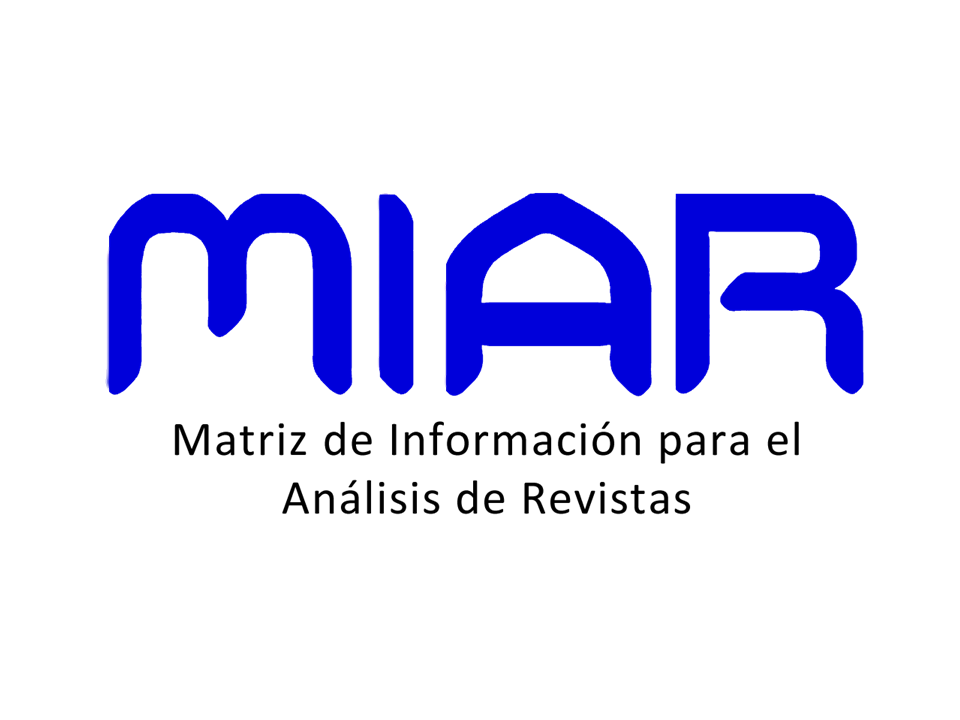CONSIDERATIONS ABOUT ACQUISITION OF THE LANGUAGE OF A Gypsy CALON CHILD
DOI:
https://doi.org/10.22478/ufpb.1983-9979.2019v14n2.48726Abstract
In this article, we seek to understand how a gypsy child fits into the language, considering verbal and nonverbal elements that support their interactions. To this end, we rely on the dialogical conception of language widespread in the writings of Bakhtin and the Circle; As well as the idea that gesture and speech make up a single meaning matrix, as McNeill (2000, 2006), Kendon (2000) points out, we also base ourselves on the contributions of Kita (2009) who argues that there is a close relationship between gesture and culture. This is a qualitative research, case study type. Data were collected in a naturalistic manner for an eight-month period in a Calon Gypsy community in the Paraíba backlands. Naturalistic interactions of a child aged 16 to 24 months were recorded in their family nucleus. We show in this article three fragments to illustrate that this Calon gypsy child enters the language through the gesture-speech matrix and, in a singular way, the interactions are permeated by words of a language shared between the Calon and by emblematic gestures whose meanings are understood between the members of your culture. KEYWORDS: Acquisition of language. Multimodality. Gesture-culture relationship. Calon gypsy child.










